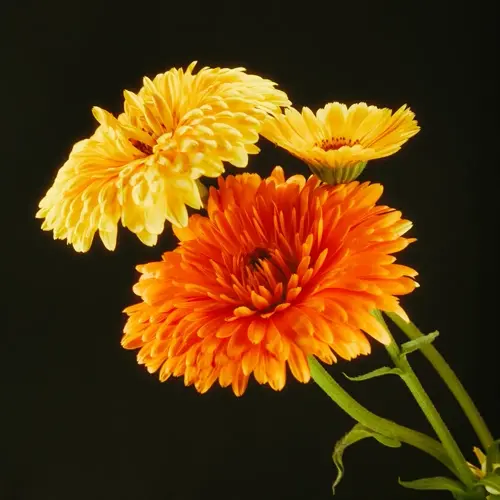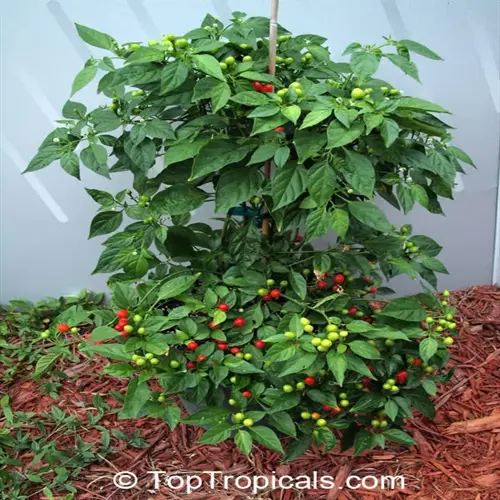How do I grow catnip indoors?

Written by
Nguyen Minh
Reviewed by
Prof. Charles Hartman, Ph.D.Cultivating catnip indoors means having fresh herbs available in your kitchen year-round. A hardy plant, catnip is also easily grown in containers with some care. You need suitable pots and adequate lighting. Growing indoors will shelter your plants from pests and weather extremes. Enjoy harvesting your leaves at any time for teas or cat toys.
Container Setup
- Use 10-12 inch pots with drainage holes
- Fill with sandy potting mix for optimal root health
- Place saucers underneath to protect surfaces
Light Management
- Position near south-facing windows for natural light
- Supplement with grow lights for 12+ hours daily
- Rotate plants weekly for even exposure
Watering Technique
- Water only when top inch of soil dries completely
- Use room temperature water to avoid root shock
- Avoid wetting leaves to prevent mildew
To get started, it's best to plant seeds or seedlings in the early spring. Remember to cover the seeds lightly with soil and keep them moist until they germinate. Place the pots or containers in a location with temperatures between 60°F and 75°F. Avoid drafty windows during the winter months. Catnip will grow more slowly indoors, but its viability lasts longer.
Each month, pinch off the tips to encourage bushier growth. Avoid using fertilizers to maintain the potency of your oils. Watch for whiteflies or spider mites, and control infestations quickly with neem oil sprays. When healthy, your plants will produce a steady supply of leaves that can be harvested on an ongoing basis.
When the plants reach a height of 8 inches, you can harvest the leaves. Cut the stems above the leaf nodes so that they will regrow. Dry your small bundles of the herb upside down in a dark, cool area. Store the dried herb in airtight containers to maintain its freshness. You can also use fresh catnip in teas or pet toys, whenever you like.
Read the full article: How to Grow Catnip: The Complete Guide

